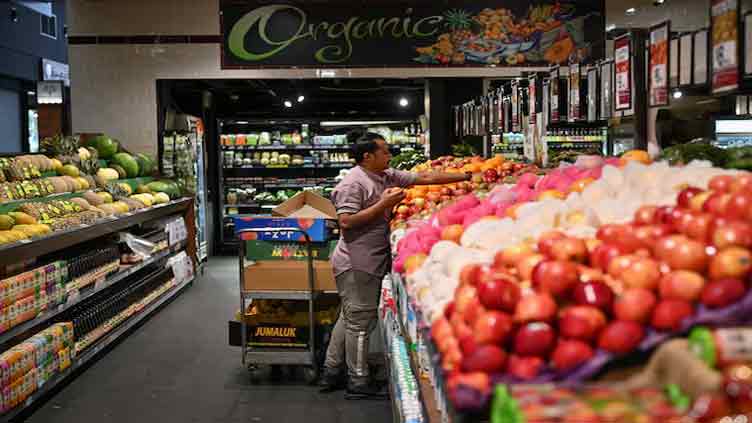Australia minimum wage raised as families grapple with higher inflation

Business
Per hour pay to reach A$24.10 ($16.05) with effect from July 1
- Move to produce an extra A$33 weekly benefit for a fifth of the Australian workforce or about 2.6m employees
- Australian home prices climbed at a brisk pace in May, posting the largest monthly gain since October
SYDNEY (Reuters) – Australia's independent wage-setting body on Monday raised the national minimum wage by 3.75 per cent, largely in line with inflation, as families tackle soaring living costs.
The minimum rate will rise to A$24.10 ($16.05) per hour from July 1, resulting in an extra A$33 per week for about a fifth of the Australian workforce or about 2.6 million employees.
In its annual review, the Fair Work Commission said cost-of-living pressures have hit low-income employees the most, though inflation is considerably lower now than it was at this time last year, when it awarded an increase of 5.75pc.
But the report said it was not "appropriate at this time to increase award wages by any amount significantly above the inflation rate principally because labour productivity is no higher than it was four years ago."
Australian consumer price inflation rose at an annual pace of 3.6pc in April, the highest level in five months, adding to risks the next move in interest rates might be upward.
HOME PRICES CONTINUE CLIMBING
Australian home prices climbed at a brisk pace in May, posting the largest monthly gain since October, as a sustained squeeze on supply of affordable homes in most major capital cities continued to push prices up nationwide, data showed on Monday.
Read more: Affordable housing to stay out of reach in major economies: Reuters poll
Figures from property consultant CoreLogic showed national home prices rose 0.8pc in May, the sixteenth straight month of growth, from April when it gained 0.6pc. Prices are up 8.3pc on a year earlier.

CoreLogic Research Director Tim Lawless said low supply had kept Australian housing prices largely insulated from the combined effect of high interest rates, cost of living pressures and deeply pessimistic consumer sentiment.
"To say the housing market has been resilient is an understatement," Lawless said in a statement.
"Fresh listings are being absorbed rapidly by market demand, keeping stock levels low and upwards pressure on prices."
The available housing supply, based on the number of homes advertised for sale over the past four weeks, remained well below average, CoreLogic data showed.
That has led to prices climbing in state capital cities, with Perth up 2.0pc in May, Adelaide rising 1.8pc and Brisbane up 1.4pc. In dollar terms, it is the equivalent of the median value rising by more than A$12,000 ($7,982) month-to-month.
Sydney boasted a 0.6pc growth, equalling the record high set in January 2022. Values had dropped by 12.4pc since then, finding a floor a year later, but it has since risen 14.1% with the median value of a home in Australia's biggest city now just under A$1.16 million ($771,632).
Melbourne prices nudged higher by 0.1pc in May and 0.5pc in the national capital of Canberra.
A Reuters poll out last week showed Australian home price rises would outpace overall inflation over the next two years and the failure of builders to boost supply has turned Australia into one of the world's most expensive housing markets.
"Inventory levels in these markets remain well below average despite vendor activity lifting relative to this time last year," Lawless said.


